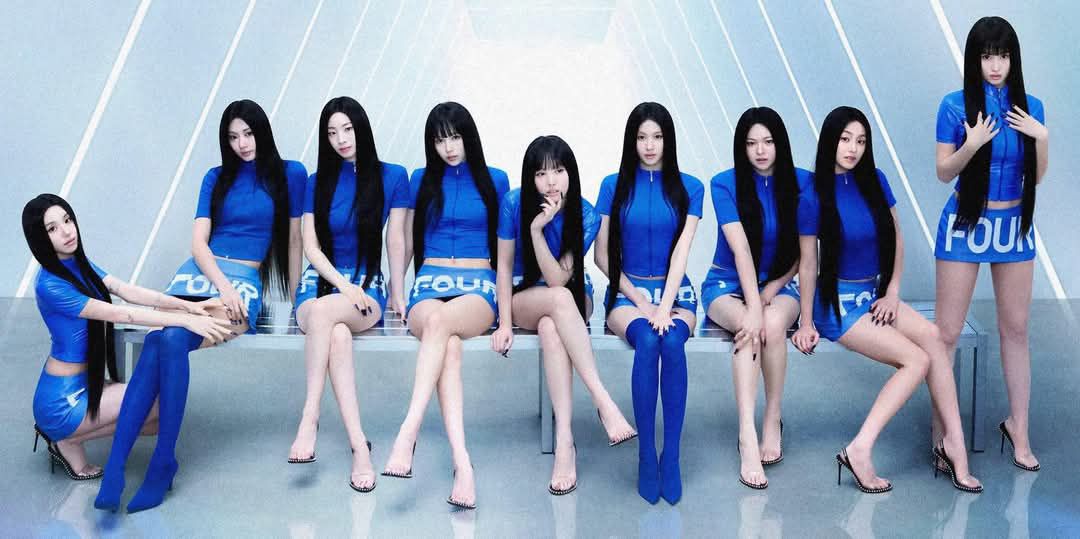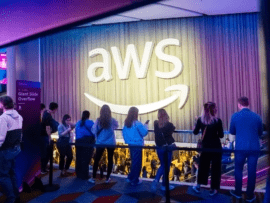Milestone run, bigger venues, wider fandom
TWICE have set a new K-pop touring benchmark in Oceania, with their ‘This Is For’ world tour selling out larger arenas and adding extra dates across Australia and New Zealand. The group’s Oceania leg becomes the highest-grossing K-pop tour in the region to date, capping a year in which they’ve leaned on tight choreography, expanded live bands, and a bilingual setlist to reach casual listeners beyond the core fandom. Local promoters say the run reflects a shift from festival slots and one-nighters to repeat bookings in the same city, driven by word-of-mouth and streaming discovery. TWICE’s previous ‘Ready to Be’ tour drew 1.5 million fans worldwide; the current sprint shows their demand curve in secondary markets remains steep, with venue upgrades in Sydney and Melbourne and brisk resale movement that still kept prices within typical arena norms. For many first-timers, the appeal is clarity and craft: crisp vocals, playful subunit transitions, and a set engineered for clean sing-back moments without punishing the mix. That consistency has turned once-skeptical rock and pop attendees into next-tour buyers. Promoters who once hedged with conservative allotments now report higher confidence in multi-date K-pop routing, especially where airport access and public transport shrink friction for weeknight shows. The group’s catalog helps. Mid-tempo anthems sit beside aerobic bangers, giving the production space to breathe; the result reads more like a pop pageant than a marathon of drops.

What it means for the live business
Regional operators are treating TWICE’s numbers as a planning template rather than a one-off spike. Expect earlier on-sales, larger reserved holds for camera-kills, and tighter dynamic pricing bands to avoid runaway scalps that can sour casual fans. The lesson for rivals is twofold. First, invest in tour localization—visual interludes, banter, and encore choices that nod to city identity—because repeat attendance is now a measurable segment. Second, start building “tour-adjacent” content that flips into streaming upticks the week after a show. Labels see a flywheel: playlist placements and short-form video push discovery; arena spectacle converts it into ticketed demand; post-show edits convert again into catalog streams. Venue operators, meanwhile, will refine acoustics for high-splash pop where crowd-led chant sections are part of the product. Some risks remain—ticket inflation, currency volatility, and a packed 2026 calendar when BTS and other heavyweights return—but Oceania’s K-pop ceiling clearly moved. TWICE didn’t just ride demand; they expanded it by widening the on-ramp. For audiences, that means bigger shows with better sightlines and less friction. For rival acts, it raises the bar on pacing, sound, and the simple discipline of finishing on time. The industry cliché is that “K-pop is a digital phenomenon.” These receipts say otherwise: it’s now one of arena pop’s most bankable field sports in a region that, until recently, many acts skipped altogether.










